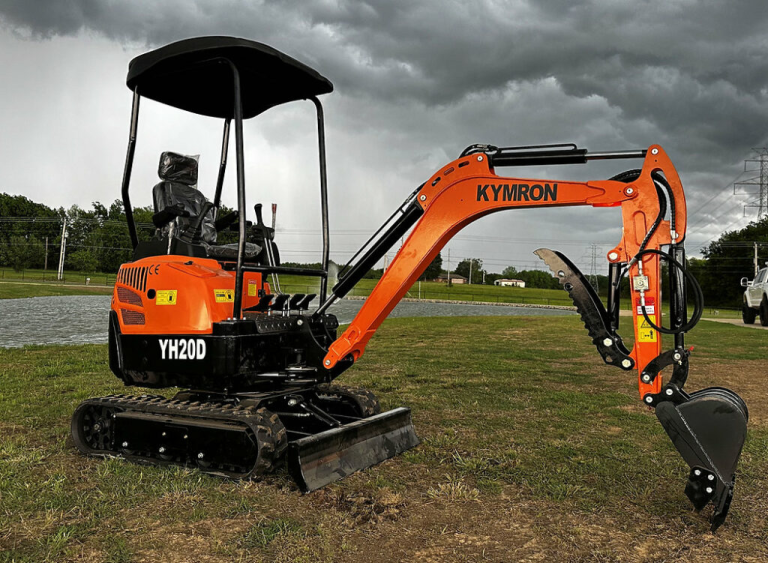frac pump diagram
In the oil and gas industry, hydraulic fracturing, commonly known as fracking, has revolutionized the way we extract hydrocarbons from the earth. A crucial component in this process is the frac pump, which is essential for pumping the fracturing fluid into the well. To understand how these pumps operate effectively, one must familiarize themselves with frac pump diagrams. These diagrams provide a visual representation of the equipment’s design and function, helping engineers and technicians optimize their operations.

What is a Frac Pump?
A frac pump is a high-pressure pump used in hydraulic fracturing to inject water, sand, and chemical additives into a wellbore. The primary goal is to create fractures in the rock formations, allowing natural gas or oil to flow freely into the well. Frac pumps must be reliable and capable of handling extreme pressures and flow rates, making them a critical part of any fracking operation.
Components of a Frac Pump Diagram
A frac pump diagram typically includes several key components:
- Pump Body: This is the central unit of the frac pump where the pressurization happens. It is designed to withstand high pressure and is often made from heavy-duty materials.
- Power End: This component consists of the motor or engine that drives the pump. It can be electric or hydraulic, depending on the design of the frac unit.
- Fluid End: The fluid end incorporates components like the suction and discharge valves, plunger, and other elements involved in the movement of fluids. The design of the fluid end is crucial for optimizing flow rates and operational efficiency.
- Fluid Intake and Discharge Lines: These are the pipes that connect the frac pump to the well. The intake line brings in water and chemicals, while the discharge line delivers the pressurized fluid into the wellbore.
- Control Systems: Modern frac pumps are equipped with sophisticated control systems that manage pressure, flow rates, and operational parameters. These systems can improve safety and efficiency by automating certain processes.

Importance of Frac Pump Diagrams
Frac pump diagrams serve multiple purposes, from design to operation:
1. Training Tool
For new technicians and engineers, frac pump diagrams are invaluable educational resources. They illustrate the pump’s components and their functions, making it easier to understand how to operate and troubleshoot the equipment effectively.
2. Operational Efficiency
By referring to these diagrams, teams can quickly identify parts during maintenance or repairs. This reduces downtime and ensures that fracking operations run smoothly.
3. Safety Measures
Correctly interpreting a frac pump diagram can play a crucial role in safety. These diagrams often include safety features and protocols, helping workers understand potential hazards and how to mitigate them effectively.
4. Customization and Design
In some cases, frac pump diagrams are used to design custom solutions for unique drilling operations. Engineers can modify existing diagrams to fit the specific needs of a site, ensuring optimal performance.
Challenges in Frac Pump Operations
While frac pumps are critical to hydraulic fracturing, they are not without challenges. High-pressure operations can lead to wear and tear on components, causing failures if not managed correctly. Additionally, the complexity of the system means that any misunderstanding of the frac pump diagram could lead to costly mistakes.
Moreover, environmental concerns over hydraulic fracturing have prompted regulatory actions that may affect how these pumps are used and maintained. It is crucial for companies to stay informed about regulatory changes and incorporate those considerations in their operational planning.
Conclusion
In summary, frac pump diagrams are essential tools in the hydraulic fracturing process. They provide a comprehensive overview of the frac pump’s components, functionality, and operational protocols, aiding in training, maintenance, and safety. As technology evolves, the design and complexity of these diagrams will continue to grow, reflecting advancements in fracking techniques and equipment. Understanding these diagrams is vital for anyone involved in the oil and gas industry, ensuring that frac operations are performed safely and efficiently.
By leveraging the insights gained from frac pump diagrams, industry professionals can enhance their understanding and execution of hydraulic fracturing, ultimately contributing to the industry’s growth and sustainability.
